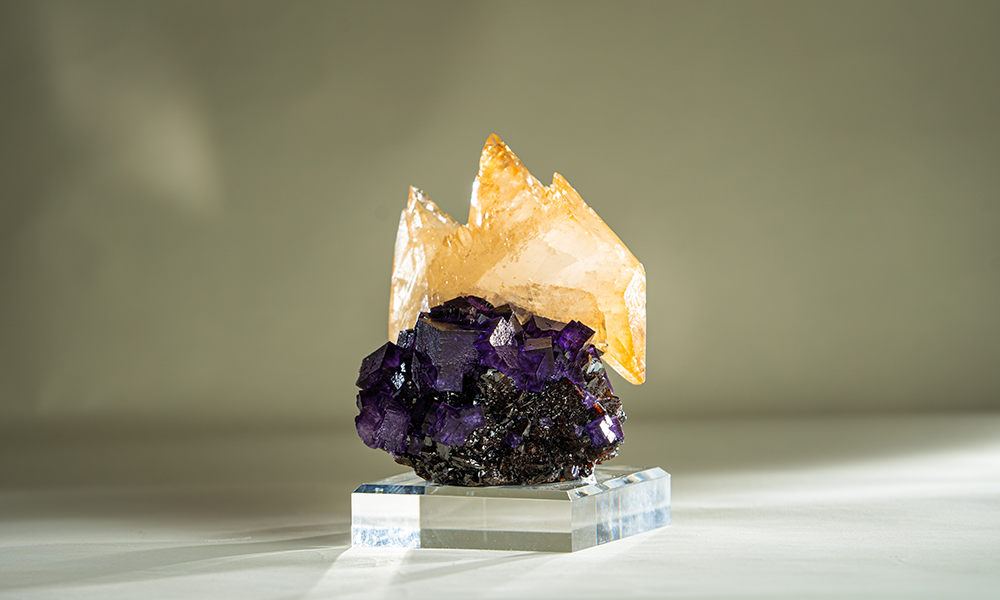The Power of Rare Earth Metals: Unveiling Their Role in Revolutionizing Wind Turbines
In the quest for sustainable energy sources, wind power has emerged as a promising solution. Wind turbines, the backbone of this renewable energy sector, rely on a complex interplay of various components to harness the power of wind. Among these components, rare earth metals play a pivotal role, enabling the efficient and reliable generation of clean electricity. In this article, we will delve into the world of rare earth metals and explore their indispensable contributions to wind turbine technology.
- Neodymium: Empowering the Magnets
At the heart of a wind turbine lies the generator, responsible for converting wind energy into electrical power. Neodymium, a rare earth metal, is a key ingredient in the production of powerful permanent magnets used in these generators. These magnets, known as neodymium magnets, possess exceptional magnetic properties, allowing for compact and lightweight designs. By utilizing neodymium magnets, wind turbines can achieve higher energy conversion efficiency, leading to increased power output. - Dysprosium: Enhancing Magnet Performance
While neodymium magnets offer remarkable magnetic strength, they are susceptible to demagnetization at high temperatures. Dysprosium, another rare earth metal, comes to the rescue by improving the thermal stability of neodymium magnets. By adding small amounts of dysprosium, wind turbine manufacturers can enhance the performance and reliability of the magnets, ensuring their longevity even in demanding operating conditions. - Terbium: Illuminating the Turbine
Wind turbines require lighting systems to comply with aviation safety regulations. Terbium, a rare earth metal, finds its application in the production of green phosphors used in energy-efficient lighting solutions. By incorporating terbium-based phosphors, wind turbines can achieve bright and long-lasting illumination while minimizing energy consumption. This not only ensures the safety of aviation but also contributes to the overall sustainability of wind power. - Lanthanum: Boosting Energy Storage
To maximize the utilization of wind energy, efficient energy storage systems are crucial. Lanthanum, a rare earth metal, plays a vital role in the production of nickel-metal hydride (NiMH) batteries used for energy storage in wind turbines. These batteries offer high energy density, long cycle life, and excellent performance in extreme temperatures. By leveraging lanthanum-based NiMH batteries, wind turbines can store surplus energy during low-demand periods and release it during peak demand, ensuring a stable and reliable power supply.
Conclusion:
Rare earth metals, such as neodymium, dysprosium, terbium, and lanthanum, have revolutionized the wind turbine industry. From empowering magnets and enhancing their performance to illuminating turbines and boosting energy storage, these metals have become indispensable in the pursuit of sustainable energy solutions. As the world continues to prioritize renewable energy, understanding the critical role of rare earth metals in wind turbines becomes increasingly important. By harnessing their unique properties, we can unlock the full potential of wind power and pave the way for a greener future.

Post Comment